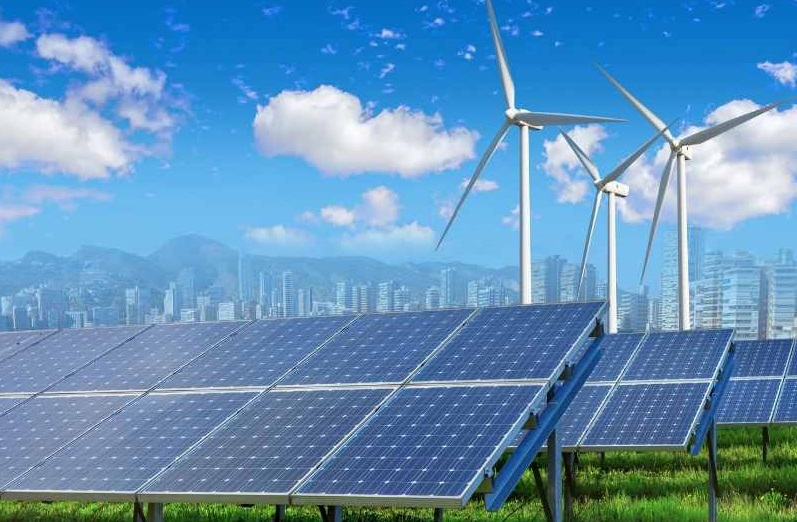CrossBoundary Energy (CBE) has secured a US$40 million equity-like investment from Impact Fund Denmark (IFDK), the Danish government-backed development financier formerly known as IFU. The capital will help CBE expand its fast-growing portfolio of commercial and industrial (C&I) solar and battery projects across Africa, cutting energy costs and emissions for mines, manufacturers, and telecom networks.
Key points
- The deal: US$40 million “equity-like” capital from IFDK into CBE.
- Why it matters: C&I renewables lower electricity bills and reduce diesel dependence for African businesses, CBE markets average power-cost savings of about 30% with zero capex for clients.
- Timing & momentum: The raise follows a US$495 million World Bank MIGA guarantee framework for CBE unveiled in July, designed to de-risk a multi-country pipeline, and January’s US$40 million follow-on from Norfund (now totalling US$80 million).
- Scale today: As of mid-2025, CBE has invested US$153 million in 36 renewable projects totaling ~100 MW, with an awarded portfolio of ~US$707 million under development across nearly 20 countries.
The investment and the investor
CBE describes the new financing as equity-like, giving it balance-sheet flexibility to build, own, and operate more behind-the-meter solar PV and battery energy storage systems for large energy users. IFDK, recently rebranded from IFU, manages DKK 18.1 billion and invests in high-impact sustainability projects in developing markets. The CBE ticket extends Denmark’s climate investment footprint into Africa’s productive sectors.
Where the money can move the needle
CBE’s core proposition is straightforward: fully financed, long-term power purchase agreements (PPAs) that swap volatile grid-plus-diesel costs for predictable, cleaner energy. On its latest public dashboard, the company highlights hundreds of MWp of solar and hundreds of MWh of BESS either operating or in construction, evidence of rapid scale in the C&I segment.
The new IFDK capital arrives as CBE’s pipeline diversifies by country and sector. A recent, landmark US$495 million MIGA guarantee program is tailored to support more than 100 projects across up to 20 African markets, an instrument that lowers perceived risk for lenders and allows CBE to commit to more multi-site, multi-country portfolios.
Flagship and recent projects underscore demand
- Mining baseload in the DRC: In April, CBE signed a PPA with Kamoa Copper to deliver 30 MW of firm renewable supply backed by a ~222 MWp solar array and ~526 MWh BESS, an illustration of how storage can displace heavy fuel oil and stabilize operations at world-class mines.
- Rio Tinto QMM, Madagascar: CBE is building a hybrid plant combining solar and wind to decarbonize the ilmenite mine at Fort-Dauphin; the solar phase was inaugurated in 2024, with wind to follow.
- Zimbabwe industrial solar: Last month, CBE acquired the 13.9 MWp Blanket Mine solar facility, an asset that will expand its operating base in Southern Africa’s mining heartland.
These projects sit alongside a client list that spans Rio Tinto, Ivanhoe (Kamoa Copper), Unilever, Diageo, Heineken, and Kenya’s Devki Group, reflecting CBE’s presence in both heavy industry and fast-moving consumer goods.
IFDK’s mandate is to mobilize private capital for climate-positive growth. Pairing DFI capital with C&I solar fits that mandate: the segment delivers measurable emissions reductions, strong commercial off-takers, and replicable structures. With Danish institutional backing, IFDK’s participation signals confidence in the maturing unit economics of distributed renewables for African industry, and it adds a European climate finance anchor to a cap table that already includes Norfund and other impact-oriented investors.
Also read: South Africa’s Eskom to Award 291 MW of Solar PPAs
why C&I solar + storage is scaling now
Across many African markets, grid tariffs for large users have climbed while supply remains unreliable, forcing companies to self-generate with diesel at prices that whipsaw with forex and global fuel markets. CBE’s model addresses this pain point by financing capex up-front, building high-availability systems, and selling power at contracted rates that often undercut the blended cost of grid plus gensets, hence the ~30% average savings CBE cites for its customers. Storage is now central: BESS smooths intermittency, enables time-shifting, and increasingly supports baseload-like service levels for industrial loads.
Near-term, expect the IFDK funding to:
- Accelerate multi-site rollouts for pan-African manufacturers and beverage bottlers where standardized system designs can be replicated across plants.
- Deep mining decarbonization, building on deals like Kamoa (DRC) and QMM (Madagascar), where hybrid systems with significant storage replace diesel and cut Scope 2 emissions.
- Support telecom and data-center loads, a fast-growing user class for distributed solar-plus-storage seeking resilience against outages.
This capital also complements the MIGA guarantee, which de-risks country and counterparty exposure, important as CBE’s awarded portfolio has climbed into the hundreds of millions of dollars across nearly 20 countries. Together, balance-sheet capital plus guarantees can crowd in additional senior debt at scale.
Also read: Why a Chinese EV Doubled in Cost in Kenya From KES 2.7M to KES 6.8M
Norfund’s US$40 million follow-on in January 2025 doubled its stake to US$80 million, reinforcing a trend: DFIs see C&I renewables as one of Africa’s most bankable decarbonization pathways. IFDK’s entry adds another blue-chip public investor to the mix, and, critically, a European partner with deep climate finance pedigree.















